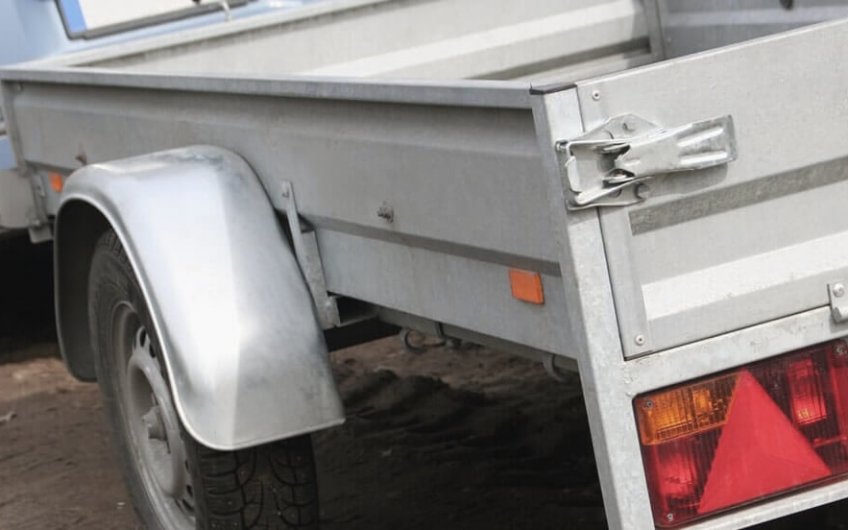
We often find we need to drive with a trailer, whether it is for moving or to transport items in a comfortable and safe manner. However, we get overwhelmed with questions when we need to drive with a trailer, due to a lack of knowledge. So, we want to help resolve all these questions.
There are basically two categories of trailers: light and non-light.
The first time we use a trailer we will probably feel uncomfortable and a little unsure. It is a logical result of inexperience, but everything can be learned with practice. However, you must have this basic previous knowledge.
Go to a trusted garage to secure the trailer or for advice, and make sure you have an approved trailer with a vehicle inspection test sticker.
Check that the tyre pressure and lighting system are good and is appropriate for the MAM.
Place it between 10 and 20 centimetres in front of the axle of the wheels, to enhance the stability.
Some trailers may limit your vision, so additional mirrors may need to be installed.
Performing the reverse manoeuvre becomes a completely different experience, so you must rehearse in a safe place where there is no traffic.
The braking distance increases 15 to 20% due to the load transfer. So, you must drive further than usual in relation to the car in front.
Watch out for tight bends: open the turn and drive more slowly.
Especially if it is windy and when overtaking trucks. Be more cautious than ever. A side wind can cause you to lose control of your vehicle. And don’t forget that you are carrying extra weight, so your acceleration and speed will be reduced.
The first thing you should do is check that your car can actually carry a trailer and what kind. To do this, check the MTM (maximum towable mass) in your car’s documentation. For example, the manufacturers of some hybrids recommend not to do use a trailer.
There are two main types of couplings: those with a fixed structure (which cannot be dismantled) and those that include a fixed part and a stationary part.
To fix both types you must follow the manufacturer’s instructions and, preferably, to avoid problems or complications, go to a specialist garage you trust.
To drive a car with a trailer with a MAM less than 750kg, or with another greater than or equal to 750kg , which added to the empty weight of the car does not exceed 3500kg, a B license is sufficient.
However, if the weight of the trailer exceeds 750kg or the overall weight is between 3500 and 4250kg, you will have to have a B96.
Finally, a B+E license is required for larger weights.
As you can see, driving with a trailer requires greater caution, practice and knowledge of all the specific elements.